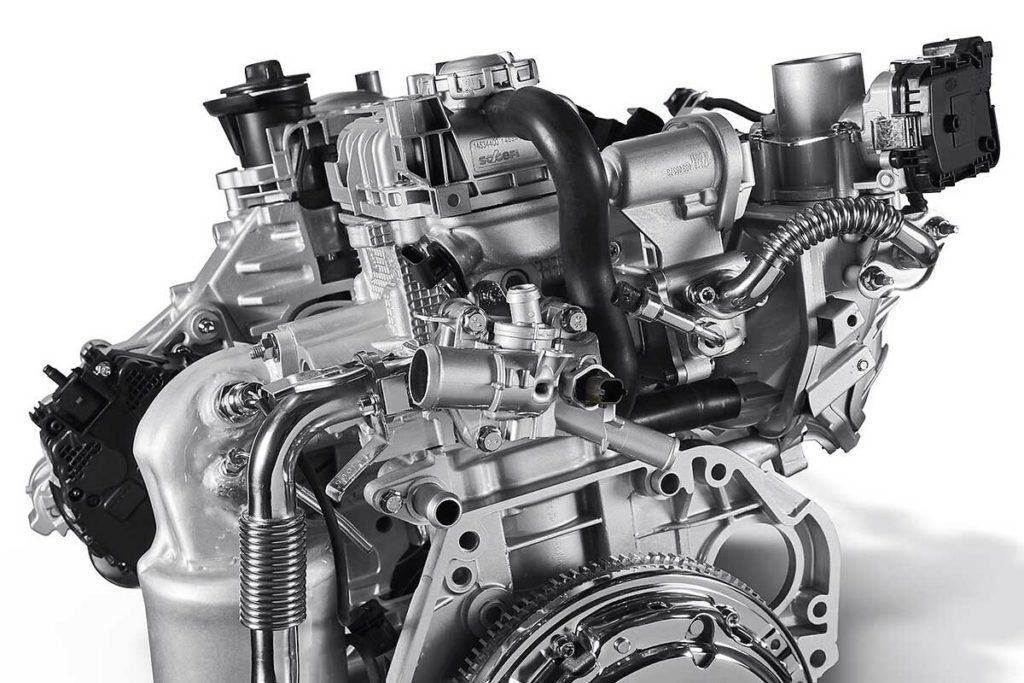
The dreaded scenario becomes reality at Termoli. After months of weak signals and ignored union warnings, Stellantis is entering a new phase in the downsizing of its workforce: voluntary redundancies. Objective: reduce the workforce by around 200 employees at a site already in serious difficulty.
An end-of-career support mechanism
According to information published by local media "Termoli Online", Stellantis is preparing an early retirement program for employees nearing retirement. A method already used in the past at other Group plants. The principle is simple: a gateway to retirement is offered to employees meeting certain age conditions, with a lump-sum allowance and several additional monthly payments. The aim is to ensure a smooth economic transition for those who agree to leave the ship early.
For the time being, the figure of 200 departures has yet to be confirmed, but the strategy is clear: Stellantis prefers to avoid outright redundancies, betting on the gradual erosion of the workforce. A tactic that does little to disguise the absence of any concrete short-term prospects for the Termoli plant.
A factory emptied... even before its conversion
This disguised redundancy plan comes against a backdrop of visible disengagement. The FIRE engine line is now shut down, the Nettuno V6 and GME 2.0L are on the chopping block, and production is contracting month by month. The gigafactory project, which is supposed to breathe new life into the site, has again been postponed until the end of 2025, with no certainty. Even John Elkann, President of Stellantis, admitted that the project had become "very difficult" to realize, due to high energy costs.
Unions denounce a policy of renunciation
On the union side, anger has been rumbling for weeks. FIM CISL speaks of a "silent disengagement", piece by piece. Back in April, Gianluca Falcone (FIOM Molise) spoke of a gradual dismantling, visible in the successive departures of equipment and production lines. The 370 million euros promised by the Molise region for the ACC project have disappeared, while Spain invests 4 billion euros in its own gigafactories.
The eDCT transmission production line, newly installed at Termoli, will only employ around 300 people, and not until 2026. In the meantime, over 1,500 employees find themselves without visibility, hanging on vague promises and constantly postponed prospects.
With these forced departures, Stellantis has entered a new phase in what the unions describe as industrial agony. Termoli, cradle of several generations of Fiat engines, is gradually losing its soul, with no noticeable reaction from the institutions.
Once again we see the technical incompetence of many so-called "captains of industry" who see only the immediate financial report.
The Italians are a bunch of wankers, closing Termoli, the jewel in the crown of Italian motorization know-how, in favor of some Peugeot crap in Sochaux. I don't know the ins and outs of their contract with PSA, but everything leads me to believe that they've dropped their pants in the face of the French, or else no alliance from PSA. It can only be that!
The Italians at FCA should have imposed their adapted hybrid powertrains on the Italian and Jeep ranges and refused PSA's Puretechs.
Well, the whole "industriilize Southern Italy" program was doomed to fail to begin with. Melfi, Termini Imerese, Pomigliano d'Arco, Termoli and Pratola Serra were all full of lazy, uneducated union workers. It was a miracle to begin with that engineers managed to manufacture a few great products in these locations, but that miracle is over. The future comes from Brazil, Eastern Europe and possibly Asia.
Die Zukunft ist traurig, Italiens Automobilproduktion verschwindet langsam. Wieviel schöne Autos produzierte Fiat in den 60-70er Jahren!
Ein Patentrezept gibt es nicht zumal die unterschiedlichsten Technologien noch nicht akzeptiert werden.
People talk about the death of the ICE engine but this is rubbish. What is dead before it even had life is the rubbish electric cars. I'd buy a diesel 3.0 twin turbo any day of the week.
As long as any country takes its orders from the EU they are done for. The EU, WEF, UN etc. Are a bunch of criminals pocketing money for themselves. The green initiative is fake.